
“His chain is off! Not a pedal stroke yet from the American!” bellowed World Cup announcer Rob Warner as Aaron Gwin put down a winning time of 3:34 to best second-place Connor Fearon in Leogang. Gwin’s chain had snapped and fallen off just as he exited the start hut. That 2015 World Cup run from the Californian Specialized rider was one no gravity fan will forget. Gwin is now running the Intense Factory Racing squad, and his current teammate Nico Mulally also finished 4th at the World Championship race in 2014 without a chain. There’s some magic in this unchained descending.
The magic that’s nested in an ability to fully separate drivetrain forces from suspension is what led the folks at Italy’s OCHAIN to develop their active spider technology. The active chainring spider has a series of elastomers inside that allow the chainring to move independently of the cranks when the system experiences chain growth, rather than all of those forces going straight to the rider’s feet. Since that force is no longer stopped by the weight of the rider, the suspension can move more freely. So there is less tiring impact force sent into the rider, and the suspension performs almost as if there were no chain at all.
Before we dig into how this device works on the trail, we need to define a few elements of full suspension mountain bike systems, and how chains factor in. As the image above demonstrates, the chain on your bike will receive a tug of energy as the suspension is compressed. This is commonly known as chain growth, though rather than anything growing, the rear axle moves away from the center of the chainring as the suspension compresses, which requires more chain between the two points and finally tugs on the cranks to get it. That tug at the crank arms is referred to as pedal kickback. It occurs on all full suspension bikes to differing degrees depending on factors like the axle path, the selected gear ratio, and the ratio of freehub speed to the suspension’s compression speed.
Some high-pivot bikes can largely eliminate pedal kickback by placing an idler pulley near the main pivot and thereby virtually eliminating chain growth. A few athletes who ride high-pivot bikes, like those racing the new the Forbidden Dreadnought, have asked for the pulley to be placed where it provides a little pedal kickback, simply because they are so accustomed to the feeling and have developed their riding styles around it.
“Doesn’t the slack in my freehub take care of this?” It does, and as freehubs have evolved with additional engagement points and pawls there is less slack in the system to deal with chain growth, so more of that energy is transferred to the rider. The rider’s weight on the pedals acts like a lockout and consequently prevents the suspension from moving as freely as it otherwise would. With the OCHAIN active spider folks can tune the amount of movement in the system between 6°, 9°, and 12° to best suit their trails, bike, and freehub engagement. If you’re thinking “well I could just buy a hub with like 10° of engagement, or remove my chain on bike-park days,” you’re not wrong. This definitely seems like engineering to fix a problem that was created by engineering that fixed another problem. Is there a word for the engineering equivalent of cognitive dissonance? Mechanical dissonance?
Just like play in a freehub, the OCHAIN has no effect on suspension performance while pedaling. Once the slack is taken up you can pedal the bike as you always have, and the chain will once again have all of its usual influence over suspension characteristics. In short, the benefits of OCHAIN only exist while coasting, and only for full suspension bikes. If you mount one on a hardtail the only benefit will be a more expensive bike, as this gadget retails for €299.
The OCHAIN active spider comes with the 6° kit installed, and the other two in the box along with a set of chainring bolts. It will work with any 140 BCD chainring, which is nice since that standard is still common for bolt-mounted rings. In the center, the spider pairs with most direct-mount style cranks, including those from Cane Creek, E13, Hope, Race Face, Shimano, and SRAM.
Mounting up the spider is a quick one-beer process. You simply pull the cranks, remove the lockring or bolts that hold the direct-mount chainring in place, slide-n-swap, and put the cranks back in the bike.
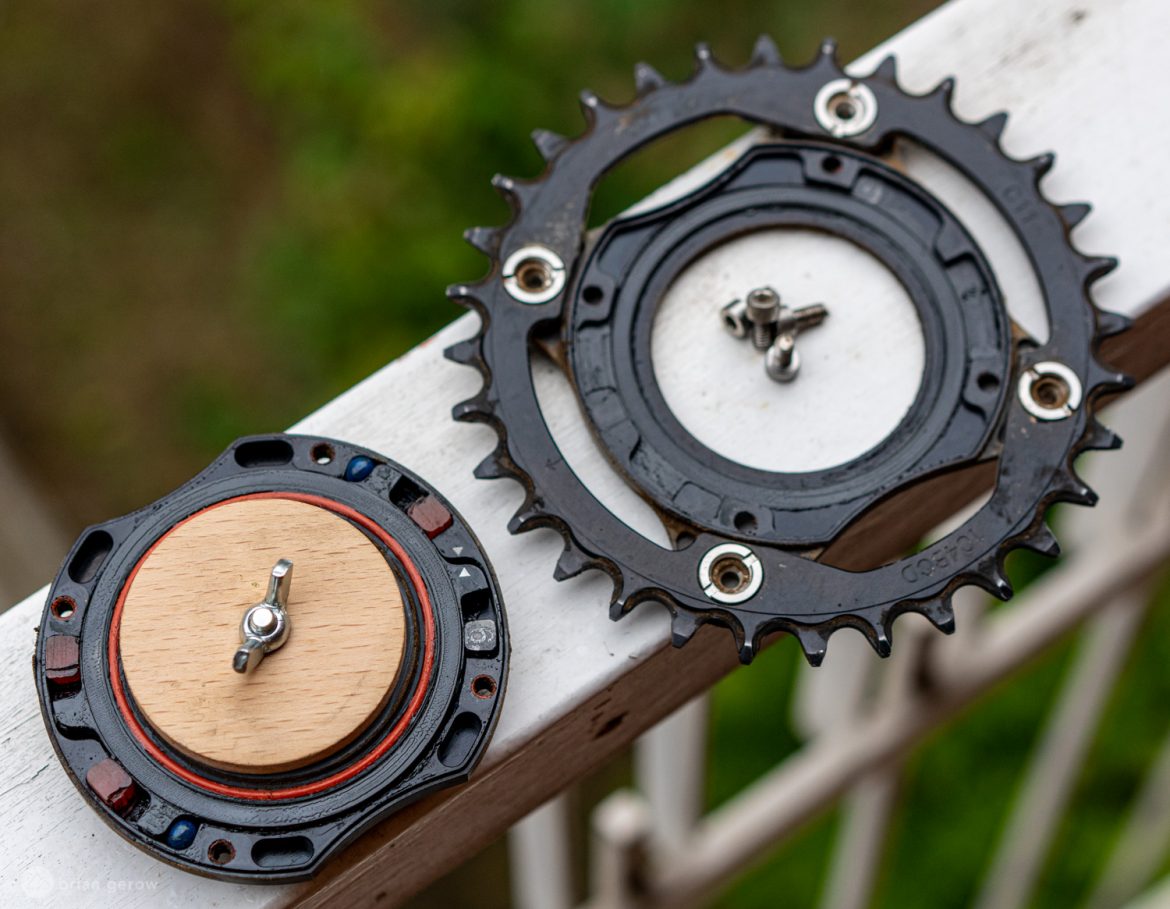
Swapping between elastomers is about as simple, though it is definitely worth watching a quick video tutorial to ensure that all of those little nuggets end up in their intended homes. A word of caution: it definitely helps to leave the supplied wooden press installed while swapping elastomers because without it the unit will come apart in far more pieces. I made this mistake the first time and was able to get it all back together, but the job is much easier with the press holding things together.

With this cool contraption between my feet I hit the trail to see how it performs. It took a few weeks to get used to the slack in my initial pedal stroke. Once you’re pedaling everything functions and feels as it should, with the same power transfer that you experience from a rigid ring. That lag in the pedal stroke may be a little offputting for some riders who are accustomed to fast hub engagement.
I paired the OCHAIN with an Industry 9 Hydra hub that has a nearly instant engagement of 0.52°. There’s no question that I can feel the pedal kickback more on the Privateer 161 test sled with this hub than with any other. On slower sections of rough tracks, particularly when braking hard before a rocky turn, I can feel the chain tugging at my cranks. While suspension performance is also impacted by the higher engagement, it’s harder to gauge that difference while focusing on technical trail. To truly test that element we would need a costly amount of suspension telemetry equipment strapped to the bike. My assessment of the OCHAIN is based solely on the experiential felt sense of things.
There is a point when the rear wheel is spinning fast enough that the freehub can not engage as the suspension compresses. So, with brakes left fully open on a steep track pedal kickback and chain growth aren’t an issue. In an enduro or DH race, there will often be multiple sections where your speed is low enough for the drivetrain to affect suspension performance, and in a full weekend of enduro racing, all of the impact force that’s sent through the pedals and into your body makes a difference.
This is where the OCHAIN should really shine, smoothing out the overall bike feel and reducing rider fatigue. For DH racing the brand recommends the 12° kit for maximum benefit, and for enduro racing the 9° and 12° are said to be good options to swap in depending on how rough and fast the tracks are. Flat-pedal riders are said to notice the benefits even more because there is one less force to eject their shoes from the pins in rock gardens and over successive brake bumps.
With the 6° OCHAIN setup my bike feels smoother on local laps that I’m deeply familiar with. The suspension compresses more smoothly on those slower rough sections and during any harsh square edge hits that move the rear wheel quickly. It doesn’t feel like a monumental change in ride feel. On my local trails, I would liken it to the difference made by adjusting a shock between 3-4 clicks of low-speed compression. It’s noticeable, but not game-changing.
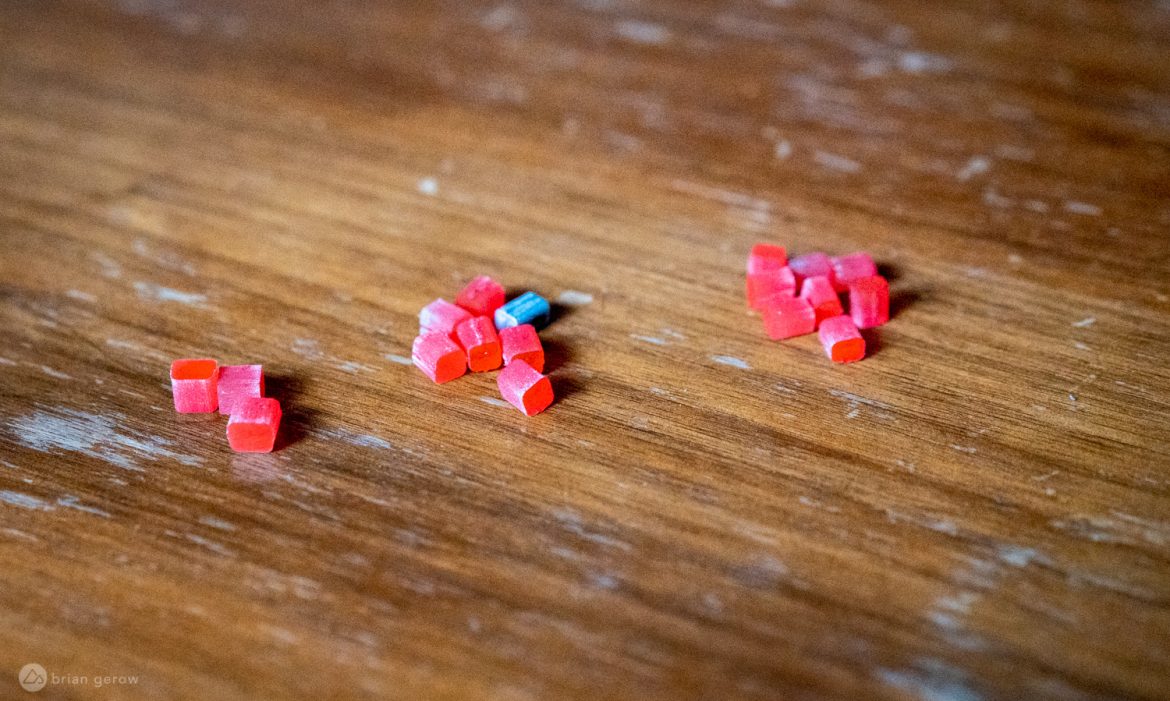
I rode with the 6° spider setup while pre-riding unfamiliar tracks that will be used in an enduro in a few weeks, and quickly felt where the 9° or 12° elastomers could come in handy. Hitting the far messier and looser lines at close to race pace revealed the limits of the 6° spider rotation, as I could undoubtedly feel the chain-growth in my feet again. While I don’t mind that feeling so much, it would be nice to not notice it and have fully active suspension over the course of a six or seven-hour day in the saddle.
Like a lot of cool MTB gadgets, the OCHAIN isn’t something every rider needs. If you care about descending fun above all else and want to have maximum suspension performance in all gravity situations, this little spider is worth a closer look.












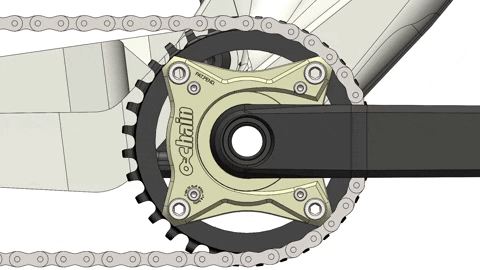


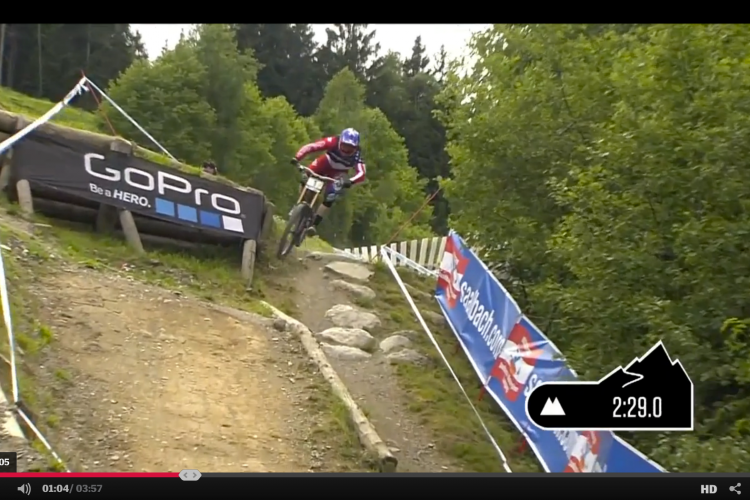
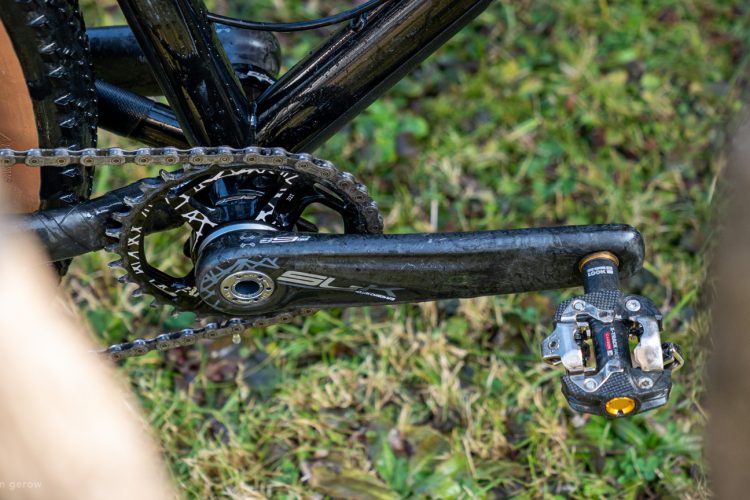

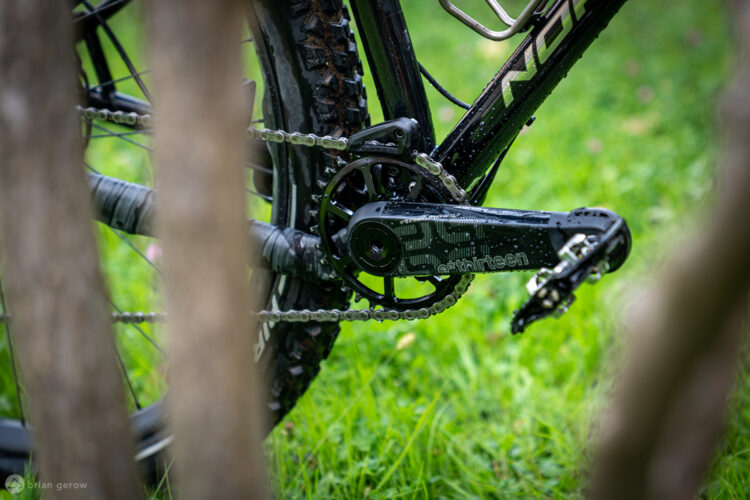





6 Comments
May 10, 2021
May 17, 2021
May 17, 2021
Would be interesting to test this thing.
May 11, 2021
Another major variable is gearing. A 500% cassette also has a 500% kickback variation relative to freehub engagement. And kickback gets worse the faster you’re going. But whatever float you have on your crank is going to be the same throughout.
If anything, freehub float makes the situation worse. Instead of getting consistent performance you can adapt to you get random variation that grows in magnitude when you need your suspension the most. Yikes.
May 12, 2021
May 17, 2021